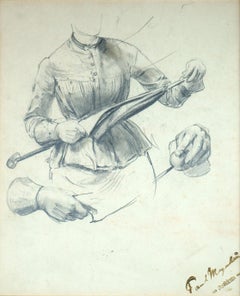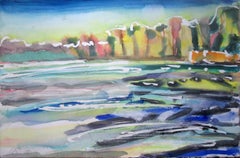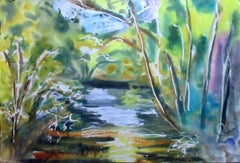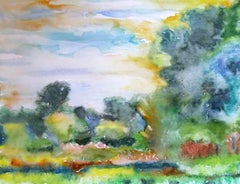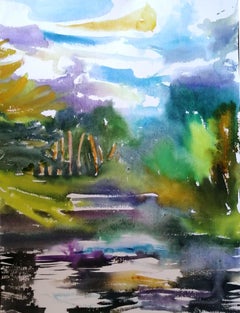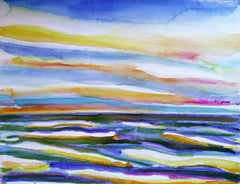Berlin - Drawings and Watercolor Paintings
1890s Realist Berlin - Drawings and Watercolor Paintings
Pencil
2010s Expressionist Berlin - Drawings and Watercolor Paintings
Watercolor
2010s Expressionist Berlin - Drawings and Watercolor Paintings
Watercolor
21st Century and Contemporary Berlin - Drawings and Watercolor Paintings
Watercolor
21st Century and Contemporary Berlin - Drawings and Watercolor Paintings
Watercolor
21st Century and Contemporary Berlin - Drawings and Watercolor Paintings
Watercolor
21st Century and Contemporary Berlin - Drawings and Watercolor Paintings
Chalk, Pastel
1980s Realist Berlin - Drawings and Watercolor Paintings
Paper
20th Century Berlin - Drawings and Watercolor Paintings
Paper, Charcoal
1880s Naturalistic Berlin - Drawings and Watercolor Paintings
Chalk, Pencil, Paper
2010s Expressionist Berlin - Drawings and Watercolor Paintings
Watercolor
2010s Expressionist Berlin - Drawings and Watercolor Paintings
Watercolor
21st Century and Contemporary Berlin - Drawings and Watercolor Paintings
Watercolor
21st Century and Contemporary Berlin - Drawings and Watercolor Paintings
Watercolor
21st Century and Contemporary Contemporary Berlin - Drawings and Watercolor Paintings
Watercolor
20th Century Berlin - Drawings and Watercolor Paintings
Paper, Charcoal
Read More
This Tempting Wayne Thiebaud Watercolor Is the Perfect Summer Treat
Although he also produced pensive portraits and idyllic landscapes, the artist’s best-known images are of ice cream, cakes and other colorful sweets.
In This Surreal Painting, the Pink Foot of Patriarchy Squashes a Pumpkin Worshipped by Women
In ‘Gourd,’ Isabel Rock creates a mythic scene that looks fresh and contemporary but feels as old as Eden.
Mid-Century Americans Didn’t Know Antonio Petruccelli’s Name, but They Sure Knew His Art
The New York artist created covers for the nation’s most illustrious magazines. Now, the originals are on display as fine art.
Cecilia Vicuña Merges Politics, Science and Spirituality in Her Poetic Art
The Chilean creator, who has been living in exile in New York for decades, is having a major moment, receiving the biggest exhibitions, commissions and awards an artist could dream of.
Who Are the Most Popular Artists on 1stDibs?
Learn the stories of some of the world's most recognizable artworks and their makers.
Shantell Martin Finds Wonder in Sharing the Creative Process
The visual artist completed a new work in front of a crowd at the 1stdibs Gallery.
